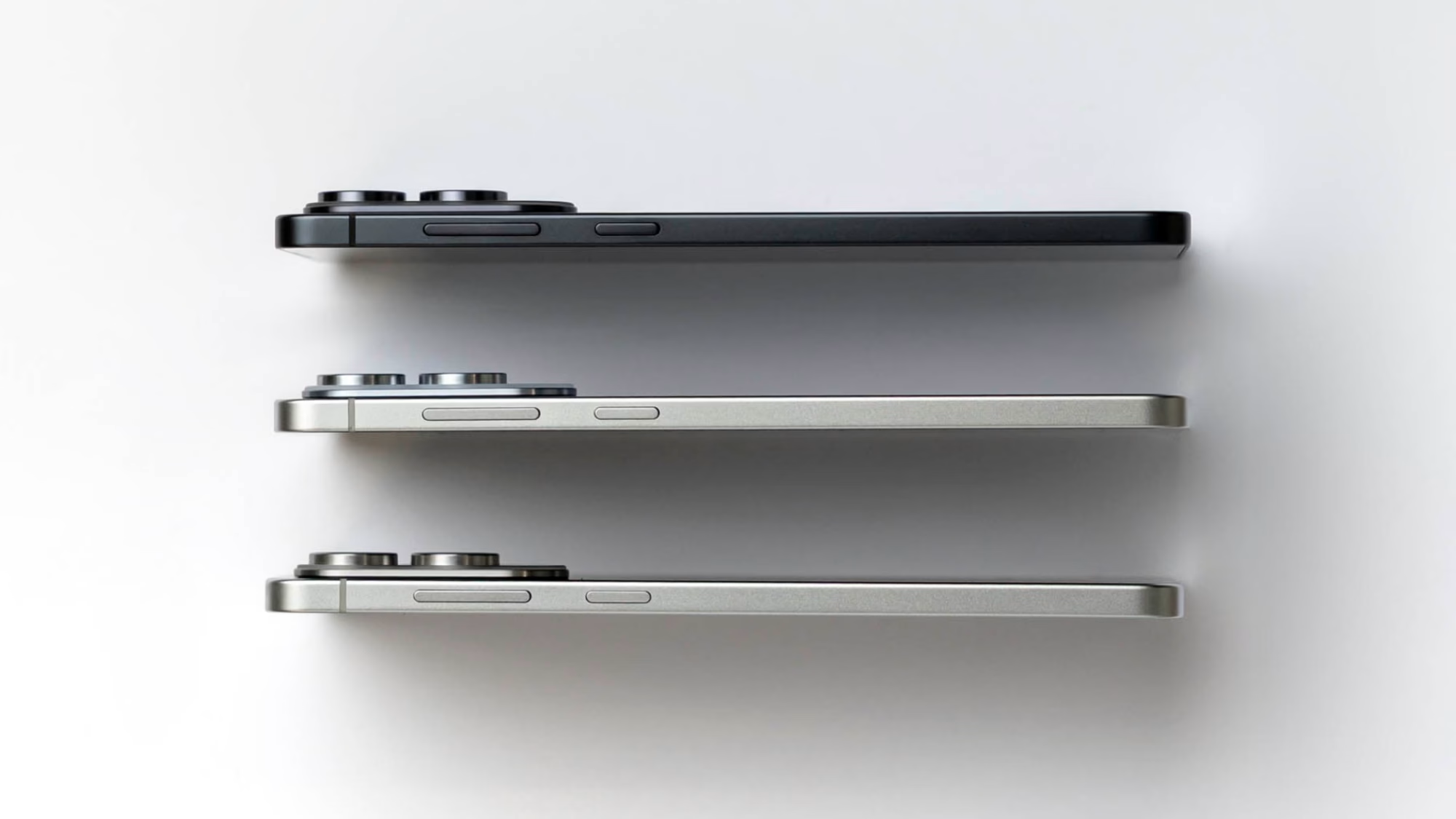The Galaxy S26 Lineup: Samsung's Bold Pivot Towards a Thinner, Edge-Focused Future
It's always fascinating to watch the smartphone industry evolve, isn't it? Just when you think you've got a handle on the typical flagship formula, a new rumor drops that shakes things up. And boy, has the latest whisper from the Weibo leaker "Instant Digital" done just that for Samsung's upcoming Galaxy S26 series. If these reports hold true, we're looking at a significant strategic shift: the potential replacement of Samsung's long-standing "Plus" model with a "super-thin Edge," mirroring a move we've seen from, dare I say it, Apple. The proposed lineup? The Galaxy S26, S26 Edge, and S26 Ultra. This isn't just a naming convention change; it speaks volumes about where Samsung sees the premium smartphone market heading.
Redefining the Mid-Tier Flagship: The Rise of the S26 Edge
For years, Samsung's flagship S-series has typically featured a standard model, a larger "Plus" variant, and the top-tier "Ultra." The Plus model often served as the bridge, offering a bigger screen and battery without the Ultra's absolute bleeding-edge features or price tag. But if the leaks are accurate, that bridge is about to be redesigned.
From Plus to Edge: A Strategic Pivot?
What does this mean for the S26 Edge? It's likely to be positioned as the sleek, stylish alternative to the more feature-packed, perhaps chunkier, Ultra. Think of it as the "designer" option in the lineup. And honestly, it makes sense. The "Plus" nomenclature always felt a bit… utilitarian. "Edge" just sounds more premium, doesn't it?
What "Edge" Truly Means in 2026
Beyond just a name, the "Edge" moniker, especially when coupled with "super-thin," implies a focus on design and ergonomics. We might see more pronounced curves than recent Samsung flagships, or perhaps a more refined curvature that blends seamlessly into the frame, minimizing perceived bulk. It's not just about the screen wrapping around the sides anymore; it's about the entire device feeling like a single, sculpted piece of tech. This could also hint at a shift in materials or construction techniques to achieve that desired thinness without sacrificing durability.
Camera Innovations: Sharpening Samsung's Edge
No discussion about a new Samsung flagship is complete without diving into the cameras. And the S26 series, particularly the Edge and Ultra models, appear to be getting some serious upgrades.
The S26 Edge's Enhanced Vision
S26 Ultra: Pushing the Megapixel Frontier
Beyond the sensor, the S26 Ultra is also expected to sport a "cleaner back design." This could mean a more integrated camera bump, perhaps flush with the back, or a more minimalist aesthetic that moves away from the individual camera rings we've seen. A cleaner design often translates to a more premium feel and better ergonomics, which is always welcome.
Market Dynamics and Competitive Implications
This rumored lineup isn't happening in a vacuum. It's a calculated move in an incredibly competitive market.
Responding to Consumer Demand and Rivals
The shift to a thinner, Edge-focused model is a clear response to evolving consumer preferences. People want powerful phones that don't feel like bricks in their pockets. Apple's success with its Pro Max models, which are often perceived as sleek despite their size, has undoubtedly influenced Samsung's thinking. By offering a "super-thin Edge," Samsung is directly challenging that perception and aiming to capture a segment of the market that prioritizes design and feel alongside performance. It's a direct shot across the bow, saying, "We can do thin and premium too, and maybe even better."
The Premium Segment Battle
Samsung has always been a titan in the premium smartphone segment, but the competition is fierce. Google's Pixel series continues to impress with its computational photography, and Chinese manufacturers are constantly pushing boundaries. By focusing on significant camera upgrades across the S26 Edge and Ultra, and by refining the design language, Samsung is reinforcing its commitment to leading the charge in innovation. These aren't just incremental updates; they're strategic enhancements designed to maintain market leadership and appeal to discerning tech enthusiasts.
Anticipating the User Experience
So, what does all this mean for us, the end-users?
Design Philosophy and Ergonomics
A "super-thin Edge" model would undoubtedly feel fantastic in hand. The reduced thickness could make a large phone feel more manageable and comfortable during extended use. It might also lead to a more visually striking device, one that truly stands out. Of course, thinness sometimes comes with trade-offs – battery size, for instance, or thermal management. It'll be interesting to see how Samsung balances these factors. But if they pull it off, it could be a game-changer for daily ergonomics.
Software Optimization for New Hardware
New hardware, especially camera sensors and design philosophies, always demands robust software optimization. We can expect Samsung to refine its One UI experience to complement the new form factor and camera capabilities. Think enhanced camera modes leveraging the 50MP ultra-wide, or AI-driven optimizations for the 200MP Sony sensor. The software experience is just as crucial as the hardware, and Samsung usually delivers here.
Conclusion
The rumored Samsung Galaxy S26 lineup, with its potential S26 Edge replacing the Plus model and significant camera upgrades across the board, signals an exciting evolution for the brand. It's a clear indication that Samsung is listening to market trends, observing its competitors, and isn't afraid to shake up its established formula. The emphasis on a "super-thin Edge" and powerful new camera sensors suggests a future where design elegance and photographic prowess go hand-in-hand. While these are still leaks, they paint a compelling picture of what 2026 might hold for Samsung's flagship smartphones. And frankly, I'm pretty excited to see if they can pull it off.
